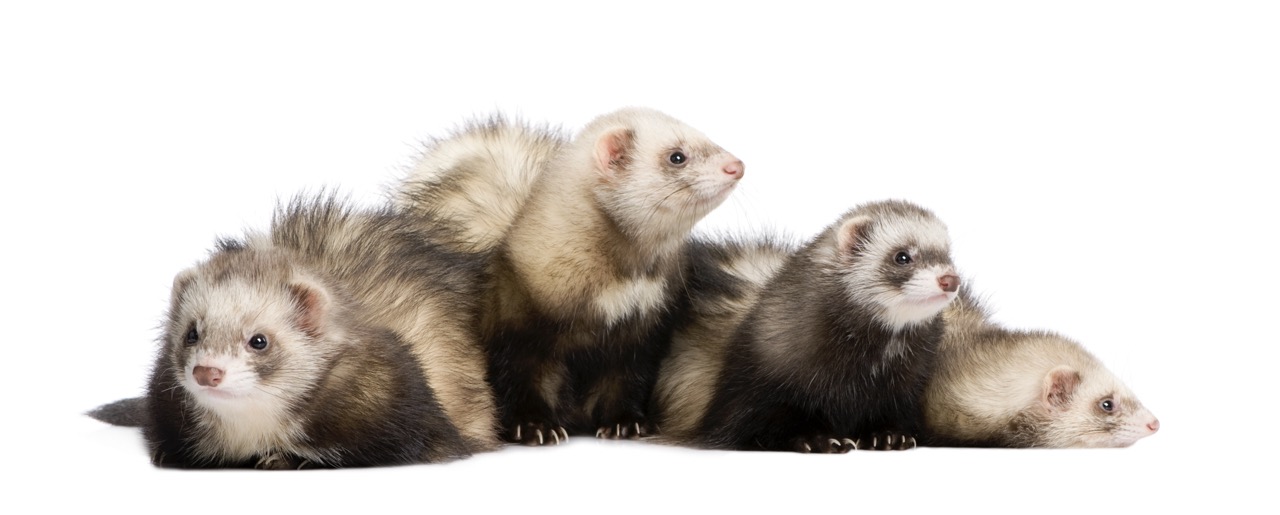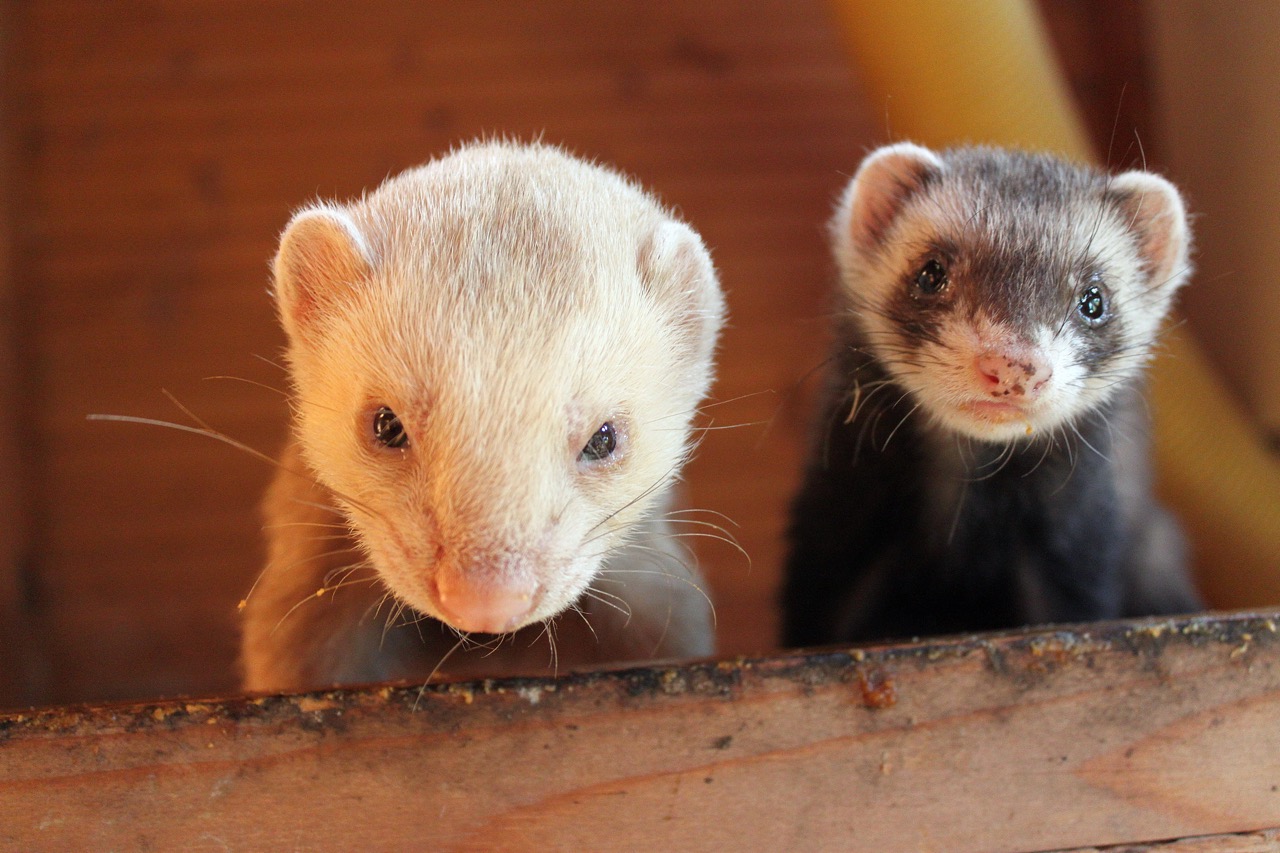Decorating a ferret cage is not just about aesthetics; it’s about creating a fun and enriching environment that caters to the unique behaviors and needs of these playful animals. Ferrets are naturally curious, social creatures known for their energetic antics and need for exploration. A well-designed cage can significantly enhance their quality of life by providing mental stimulation and physical exercise. This article outlines how to effectively decorate a ferret cage, ensuring it meets their behavioral needs while keeping them safe and engaged.
Understanding Ferret Behavior for Effective Cage Design
To design an effective cage for your ferret, it’s essential to understand their natural behaviors. Ferrets are instinctual diggers and climbers, often seeking out places to burrow and explore. They are also highly social beings that thrive on interaction, so their environment should encourage play and engagement, both with their surroundings and with their human companions. Recognizing that ferrets may spend a significant amount of time in their cage when unsupervised, it’s vital to create a space that mimics their natural habitat and activities.
Moreover, ferrets have specific play patterns that can influence how you arrange their cage. They love to tunnel, chase, and hide, so incorporating elements that cater to these behaviors will keep them mentally stimulated. It’s also important to consider their tendency for mischief; ferrets are notorious for finding their way out of enclosures if given the opportunity, so the design must prioritize security as well. Understanding these behavioral traits will guide you in choosing appropriate materials and structures to enhance their living space.
Lastly, observing your ferret can provide valuable insights into what types of enrichment they prefer. Every ferret has individual quirks and interests, so take the time to watch how they interact with their environment. Do they prefer climbing or burrowing? Do they enjoy toys that they can manipulate? By tailoring the cage decor to these preferences, you can create an environment that not only accommodates their instincts but also contributes to their overall happiness.
Essential Items for Creating a Stimulating Environment
Creating a stimulating environment for your ferret begins with selecting essential items that promote play and exploration. One of the most important additions is a variety of toys. Ferrets enjoy toys that they can wrestle with, chew on, and carry around. Look for soft, durable toys that are specifically designed for ferrets, as they are less likely to pose a choking hazard. Additionally, consider adding interactive toys, such as puzzle feeders, that can engage their minds and encourage problem-solving.
Another critical component of a ferret’s cage is hiding spaces. Ferrets love to burrow and hide, so including tunnels and hideaways will provide them with opportunities to engage in these natural behaviors. You can use commercially available ferret tunnels, cardboard boxes, or even soft bedding materials to create cozy nooks within the cage. Make sure to rotate these hiding spots regularly to maintain novelty and keep your ferret curious about their environment.
Lastly, consider incorporating grooming and wellness items into the cage. A safe space for them to chew on and groom themselves can contribute to their overall health and happiness. This could include a designated area for litter, a grooming brush, and even a small water feature for hydration and play. By combining these essential items, you create a multifaceted environment that caters to your ferret’s playfulness and need for comfort.
Incorporating Vertical Space and Climbing Opportunities
Ferrets are natural climbers, so vertical space is a crucial element in their cage design. Using multi-level cages or adding shelves can significantly enhance the living environment. Ensure these platforms are securely attached and made of safe, non-toxic materials. Ferrets love to jump and explore different heights, and incorporating ramps or ladders will allow them to navigate their space more freely. This vertical exploration not only encourages physical activity but also helps reduce boredom.
In addition to shelves, consider installing climbing apparatuses. Items such as ropes, hammocks, and even soft nets can be excellent additions to a ferret cage. These elements not only provide climbing opportunities but also serve as cozy resting spots for your ferrets. When designing these climbing structures, ensure that the materials are sturdy and safe, as ferrets can be quite rambunctious in their play.
Lastly, consider arranging the cage layout to promote exploration. Positioning climbing structures in a way that encourages ferrets to navigate from one level to another can create a more dynamic environment. Avoid cluttering the cage too much, as this can hinder their ability to move freely. A well-thought-out vertical arrangement, coupled with safe climbing tools, will enable your ferrets to thrive in their habitat and indulge their adventurous spirit.
Tips for Maintaining a Safe and Engaging Ferret Habitat
Safety should always be a priority when decorating a ferret cage. Start by ensuring that the cage is escape-proof, with secure doors and no gaps larger than a ferret’s head. Regularly check for wear and tear on both the cage and the toys, as damaged items can pose choking or injury hazards. Additionally, avoid using materials that can splinter or break easily, as ferrets tend to chew on everything they encounter. Keeping their environment secure will allow them to explore and play without the risk of injury.
Maintaining cleanliness within the cage is also essential for your ferret’s health. Ferrets are prone to various health issues related to unsanitary conditions, so be diligent about spot cleaning their living space daily. This includes removing uneaten food, waste, and soiled bedding. A more thorough cleaning should be conducted weekly, involving replacing bedding and sanitizing toys and accessories. A clean environment not only keeps your ferret healthy but also makes for a more enjoyable living space.
Finally, regularly introduce new items and rearrange the existing setup to keep the environment stimulating. This could include new toys, different climbing structures, or changing the layout of existing elements. Ferrets can become bored with their surroundings, so maintaining novelty is crucial for their mental health. By consistently updating their habitat and ensuring it remains safe and engaging, you’ll provide your ferrets with an enriching and lively home.
Decorating a ferret cage involves much more than just arranging items for visual appeal. By understanding ferret behavior and designing a space that caters to their natural instincts, you can create an enriching environment that keeps them entertained and stimulated. Essential items, vertical space, and safety considerations all play pivotal roles in crafting a habitat where your ferrets can thrive. With regular maintenance and updates to their surroundings, you will not only enhance their quality of life but also forge a deeper bond with your playful companions.










